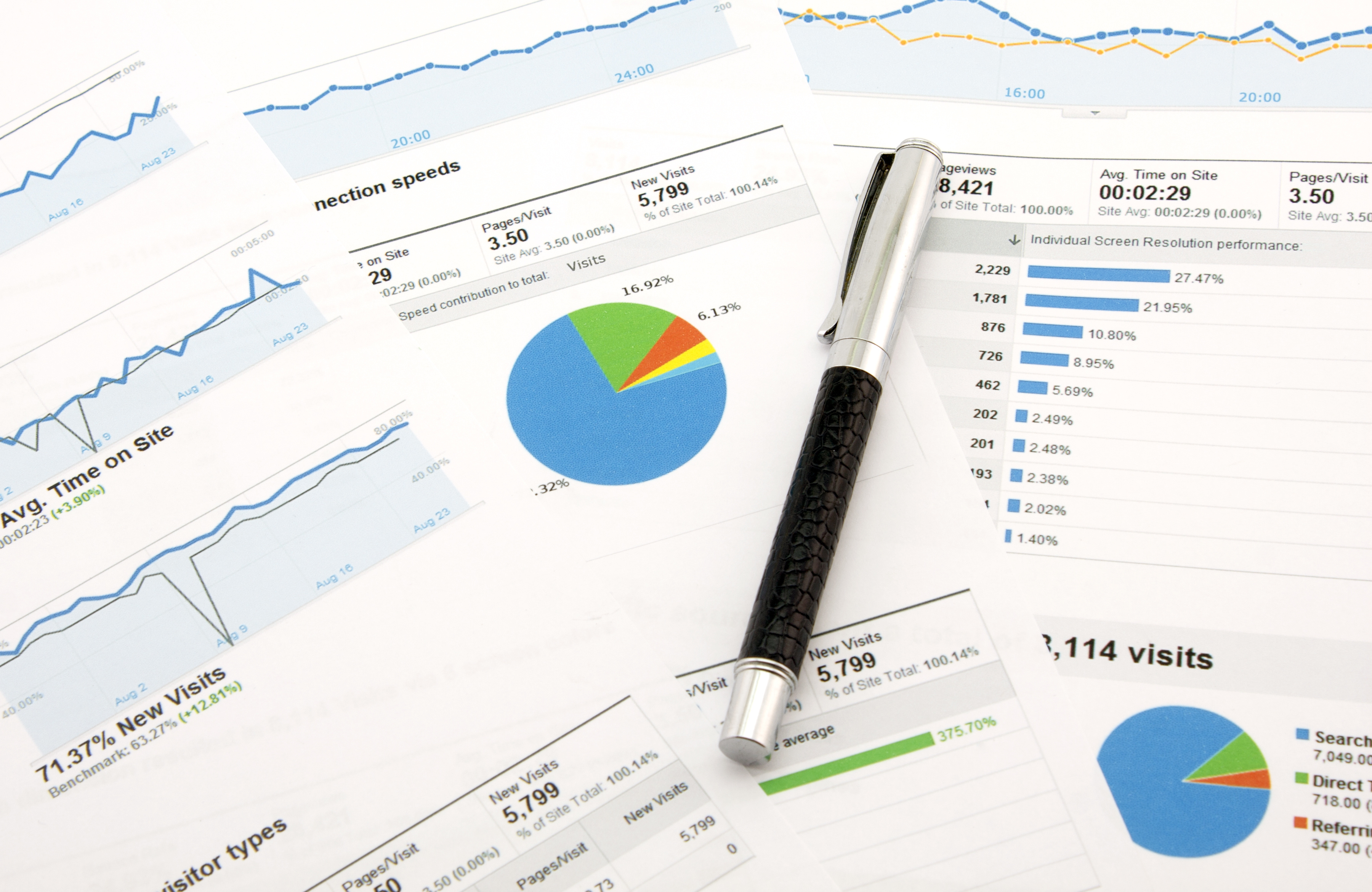It might seem hard to believe, but even in this interconnected digital era, nearly 50% of small businesses still don’t have a website. If you’ve got one, you’re a step ahead of the competition. Your website won’t be living up to it’s potential if you’re not keeping an eye on your website performance metrics.
A good looking website is just one part of the equation for a strong digital presence. If you’ve built a great website that’s too complicated or slow to be useful for visitors, you’ll see high bounce rates. If you’re measuring your bounce rates, server speed, and how long users stick around, you won’t know if your UX is being impacted.
You need to manage your performance to ensure that users are having a good experience with your site. Here are 7 ways that poor performance can ruin your users’ experience.
1. Bad Hosting Means Bad Serving
If you’ve got elements taking too long to load on your site or things aren’t coming in the right order, you’re going to have awkward looking and functioning pages. If you’ve chosen a cheap host, they might serve data to your customers with that same level of cheapness.
An inexpensive host might also put you alongside a bunch of other sites on a server. If you’re on the same server as a spam website that gets flagged by search engines, you could get flagged by association. This kind of collateral flagging happens all the time and could keep users from getting any and all data from your server, destroying user experience.
To make sure your website performance metrics don’t take a hit, make sure you choose a reputable host for your site.
2. Slow Reaction Affects Sales
If users are going to the e-commerce section of your site and things are dragging, they might never see the products they’re looking for. A clunky sales page for your website will affect how customers perceive your security and even the material quality of your products.
Once you’ve shaken the faith of your customers, you could be changing their mind about purchasing products from you. If users get an error when they try to complete a purchase, they might never return to your e-commerce page. When people submit their credit card information, they want to have faith that their data is being handled carefully.
Your website performance metrics are intimately tied to your sales numbers.
3. Simplify Your Menus
Complicated or difficult to navigate menus are one of the biggest sins of poor user experience. When you’re looking at website performance metrics, keep an eye on pages that your visitors access the most. If they’re trying to get to a given link and it’s not loading correctly, they could all be hitting the same dead end.
Abide by the “three click rule”. If anything on your site is more than three clicks away, it’s too difficult to get to and you need to simplify your page. Get rid of clutter, excess links and dead links to make sure you’ve got the ideal UX for your customers.
4. Resize Your Images
Your website performance metrics should be able to measure how quickly the media on your site loads. If you’re sending your users huge images and expecting browsers to resize them for you, you’re doing it wrong. Resize your images to be the maximum width of your main body.
While you need to maintain high-quality images to project professionalism, you also need to avoid sending 10MB images that take too long for smartphones to load. You should be able to resize your images without experiencing any serious compression issues.
5. JavaScript Can Be Slow
While most websites have discarded Flash and other external elements in favor of JavaScript behavioral elements, JavaScript can still be slow. Make sure you’re always watching the performance of JavaScript throughout the development process.
Developers will often install libraries that are no longer needed by the time the site is published. However, these files will continue to be loaded by every page, dragging the performance of the page way down.
Run an audit of all of your JavaScript before the site goes live. Use an extension to disable all JavaScript so you can load each element and check for redundancy.
6. Get A Heads Up
Your tool for website performance metrics should be able to provide you with data in real time. You should be able to get an alert sent to your mobile device or your developers’ device when the site starts to lag.
Slow sites cost money. After 3 seconds, each passing second increases your bounce rate by 10% or more. This will lower your search engine ranking and lower your status overall. If you’ve been working to increase your brand presence online, you can throw it all away by letting site speed get out of hand.
7. Cut The Fat
Just like those extra lines of JavaScript and external libraries, extra unused CSS can increase load times and make for conflicting UX. If you have two libraries fighting for space, you’ll end up creating a situation where sites load differently across browsers. Your site could look great on your Mac in Firefox but could crash and burn in Chrome.
Getting rid of unused CSS will clean up your site’s look and will ensure that you get those faster load times.
Website Performance Metrics Translate To Dollars
Your website’s performance isn’t separate from your profits. The faster your site runs, the easier it is to close a sale with a customer and give them media that helps to convert them. Don’t miss out on sales by letting your site drag behind.




